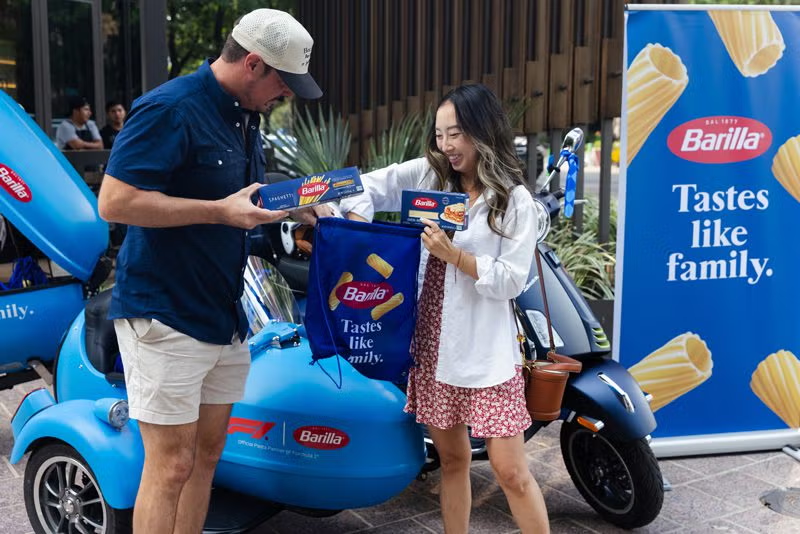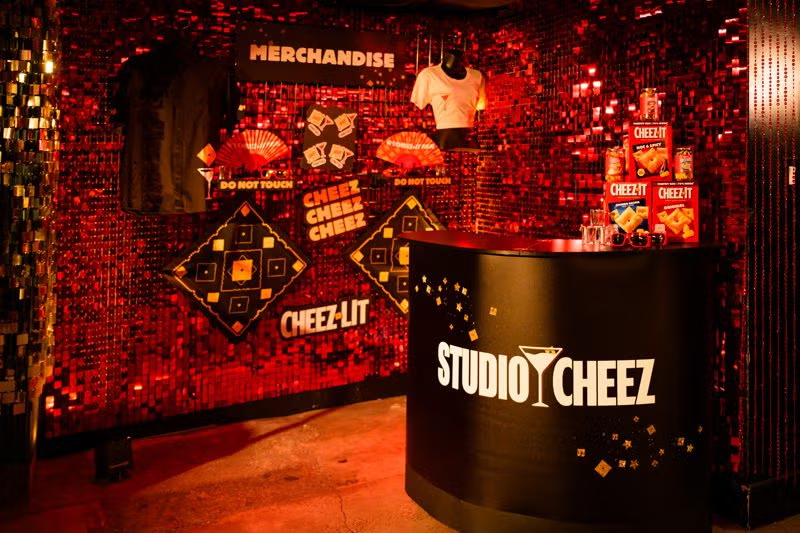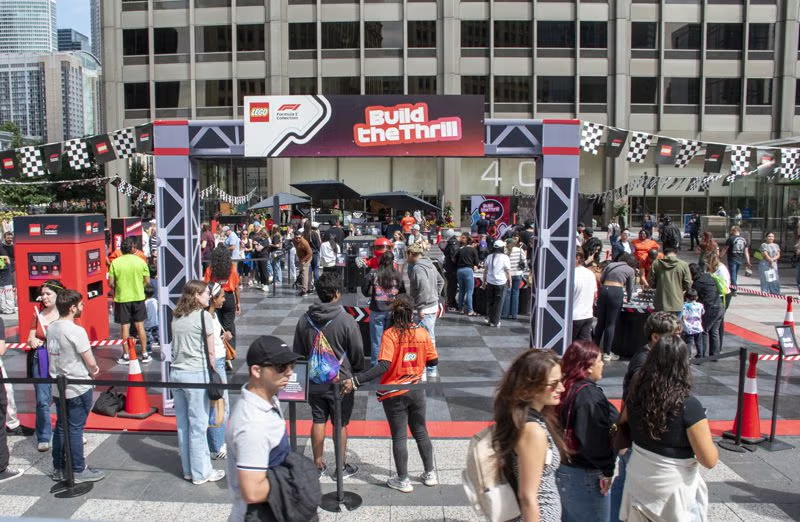In an industry historically dominated by marquee festivals and blockbuster sponsorships, a quieter but no less significant movement is gaining traction. Mid-sized music and cultural gatherings—often overlooked in years past—are emerging as pivotal opportunities for brand engagement. Their scale may be reduced, but their influence is increasingly disproportionate to their footprint.
For decades, a rigid pecking order governed the festival landscape. Events like Coachella, Bonnaroo, and Glastonbury reigned supreme, capturing the lion’s share of media attention and corporate investment. Yet beneath these giants lies a dense network of regional and boutique festivals offering immersive experiences and untapped brand value.
Defined by their intimate size and localized influence, tier-two festivals typically draw crowds ranging from 5,000 to 30,000. These events tend to orbit specific cultural niches or musical genres and foster a heightened sense of community. Their tightly curated atmospheres present brands with an opportunity to connect more meaningfully with well-defined demographics.
With sponsorship fees for premier festivals climbing into seven-figure territory, brands are reevaluating their strategies. Tier-two festivals present a compelling alternative, delivering high engagement at a fraction of the cost. The result is a more efficient use of marketing dollars with measurable emotional and social returns.
Financial savings are only part of the appeal. In today’s environment, cultural relevance often trumps sheer visibility. These mid-level festivals allow brands to become part of the story, embedding themselves organically into the rhythm of the event. This integration fosters genuine moments of connection rather than fleeting brand impressions.
Instead of casting a wide net, marketers are zeroing in on resonance. Tier-two festivals attract passionate attendees with shared interests, whether it’s Americana music in North Carolina or indie rock in Oregon. This specificity offers fertile ground for brands to align with lifestyle narratives that match their values and voice.
Unlike sprawling mega-festivals, mid-sized gatherings facilitate a sense of closeness. Brand activations become participatory, not performative. Lounges, sampling booths, and hands-on experiences feel native to the environment, less like marketing and more like hospitality.
Moon River Festival in Chattanooga serves as a case in point. In collaboration with outdoor brand Cotopaxi, the event introduced interactive installations, from storytelling circles to branded hammocks. The approach prioritized community and sustainability, elevating brand perception and inspiring widespread social sharing.
At large-scale events, brand messaging risks being drowned in a sea of competitors. Conversely, tier-two festivals often offer exclusivity or reduced brand clutter, ensuring sponsors stand out and command attention within a less saturated setting.
These smaller stages also double as innovation laboratories. Brands can pilot new formats—from augmented reality experiences to hybrid digital-physical installations—with fewer logistical hurdles and lower reputational stakes. The environment encourages experimentation and agility.
Smaller audiences often yield richer data. Attendees are more willing to engage with surveys, scan QR codes, or participate in social-driven contests. The relaxed atmosphere facilitates the collection of qualitative insights that might be difficult to extract in high-pressure environments.
Consistency and sincerity breed loyalty. Brands that commit to recurring appearances at regional festivals build emotional equity. When messaging is tailored to local values and infused with authentic storytelling, the return is not just in impressions but in long-term consumer trust.
Tier-two festivals often serve as platforms for regional artisans, food vendors, and nonprofits. Corporate partners who support these entities benefit from halo effects, amplifying their presence through co-branded initiatives and shared community outcomes.
Startups and direct-to-consumer brands find fertile ground in these environments. Without being overshadowed by household names, emerging players can command attention through creativity, agility, and bold on-site experiences.
Many brands are adopting shared sponsorship models to stretch budgets and amplify reach. Joint booths, collaborative activations, and synchronized social campaigns enable marketers to co-create content and distribute expenses while enriching the audience experience.
Rather than importing macro-influencers, brands are enlisting local creators with authentic followings. These micro-influencers drive attendance, host panels, and produce hyper-relevant content, enhancing community connection and extending the brand’s voice beyond the festival grounds.
Experiential marketing flourishes in more intimate spaces. Whether it’s a branded speakeasy, sensory activation, or immersive art zone, these tactile engagements leave lasting impressions. The festival scale allows for deliberate, high-touch execution.
Yet challenges remain. Quantifying impact at smaller events requires customized frameworks. Without the scale of larger festivals, traditional KPIs may fall short. Brands must combine on-site metrics, digital footprint, and post-event sentiment analysis to construct a holistic performance picture.
Effective tier-two sponsorship hinges on strategic alignment. Activations must reflect the festival’s ethos, incorporate regional authenticity, and prioritize depth over breadth. When done correctly, these campaigns yield stronger relationships and more enduring brand equity.
As the marketing landscape shifts toward community-first engagement, the relevance of tier-two festivals is poised to grow. They may not offer the pyrotechnics of a global stage, but their influence—rooted in connection, creativity, and culture—is proving exponentially powerful.















